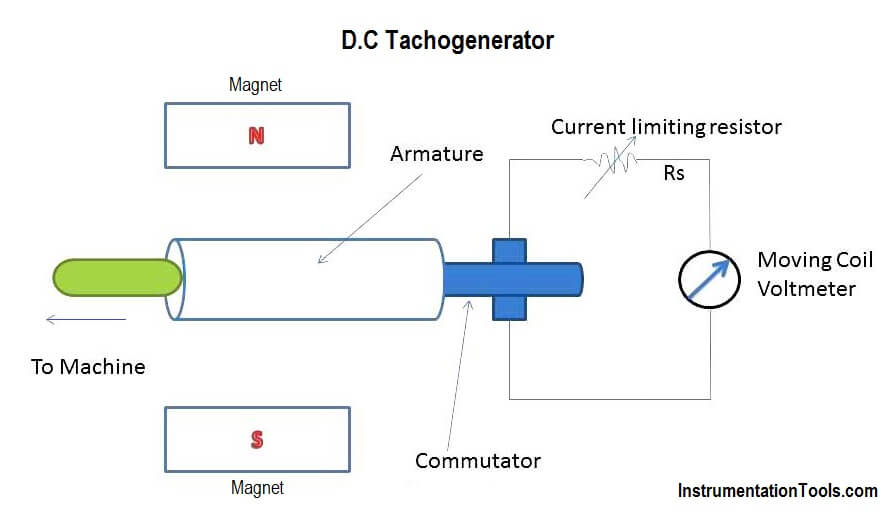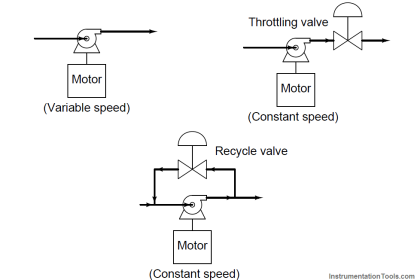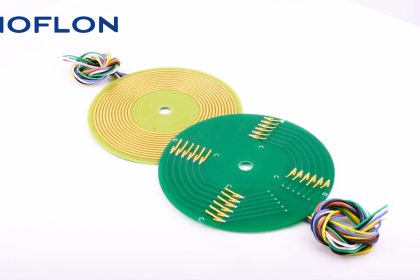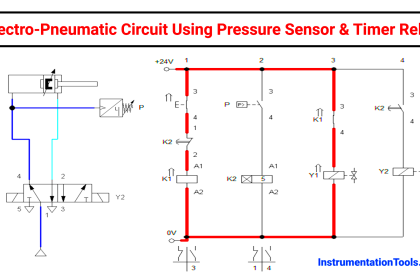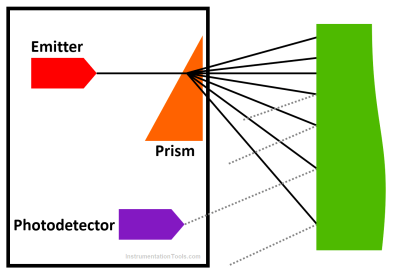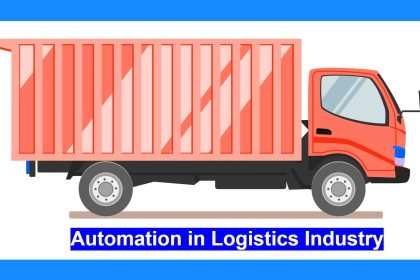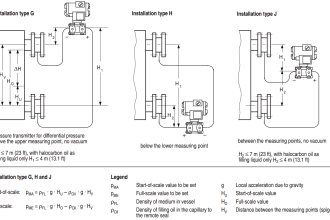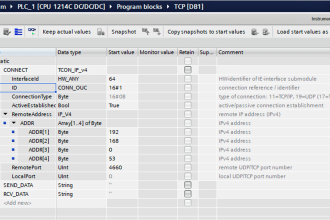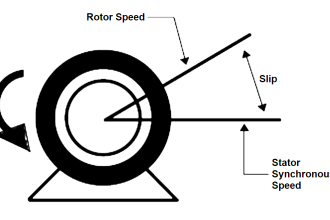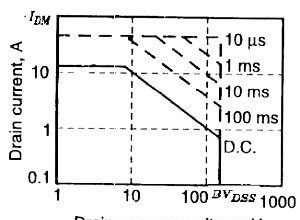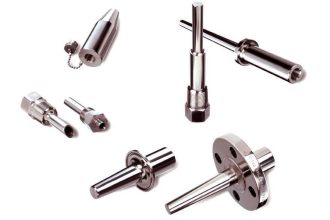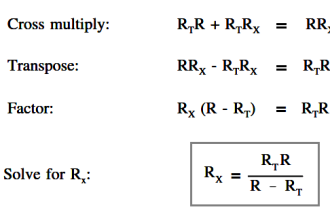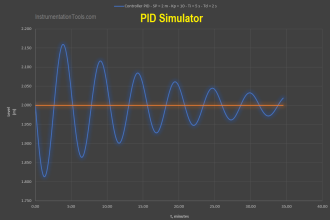The D.C Tachogenerators is a type of electrical type’s tachogenerators which can also be used for speed measurement.
The D.C tachogenerator is shown in below figure.
The armature of the D.C Tachogenerator is kept in the permanent magnetic field. The armature of the tachogenerator is coupled to the machine whose speed is to be measured. When the shaft of the machine revolves, the armature of the tachogenerator revolves in the magnetic field producing e.m.f. which is proportional to the product of the flux and speed to be measured.
Now as the field of the permanent field is fixed, the e.m.f generated is proportional to the speed directly. The e.m.f induced is measured using moving coil voltmeter with uniform scale calibrated in speed directly. The series resistance is used to limit the current under output short circuit condition. The polarity of output voltage indicates the direction of rotation. The commutator collects current from armature conductors and converts internally induced a.c e.m.f into d.c (unidirectional) e.m.f. while the brushes are used to collect current from commutator and make it available to external circuitry of the d.c tachogenerator.
Advantages
The advantages of d.c tachogenerator are as follows:
1.The output voltage is small enough to measure it with conventional d.c voltmeters.
2.The polarity of output voltage directly indicates the direction of rotation.
Disadvantages
The Disadvantages of d.c tachogenerator are as follows:
1.Because of variations in contact resistance, considerable error is introduced in the output voltage. Hence periodic maintenance of the commutator and brushes is required.
2.Non-linearity in the output of the d.c tachogenerator occurs because of distortions in the permanent magnetic field due to large armature currents. Hence input resistance of meter should be very high as compared to the output resistance of the generator.
